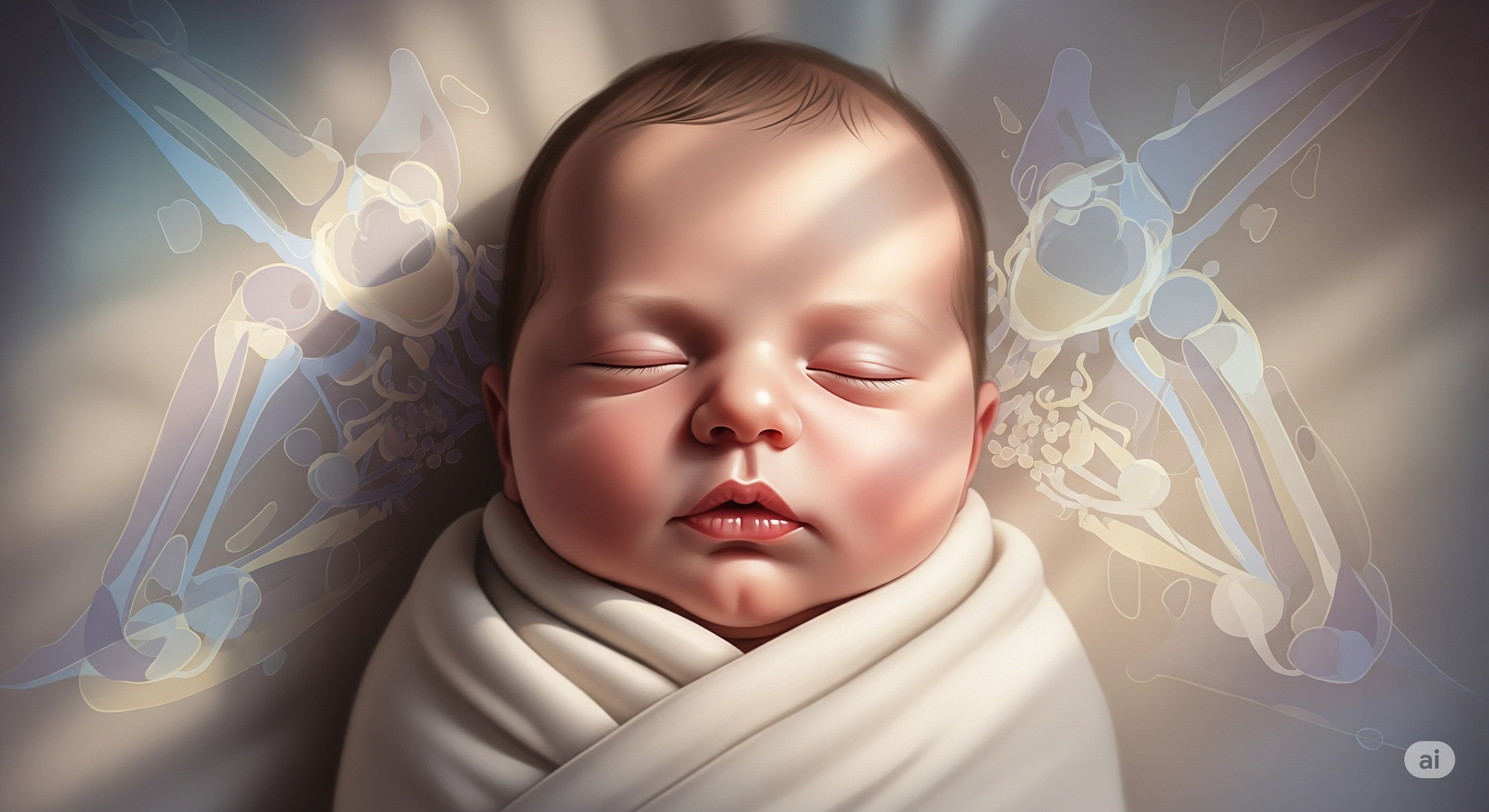The Challenge: A Deeper Look
Introduction
Every newborn feels like a little miracle, and many new moms wonder about the science behind those tiny fingers, toes, and soft little bodies. One of the most common questions is: How many bones are babies born with? The surprising answer is that babies are born with around 300 bones, which is more than adults have. Adults have just 206 bones. This difference often surprises parents, but it is explained by the presence of cartilage and the natural process of bone fusion that occurs during growth.
Understanding this fascinating process not only satisfies curiosity but also helps new parents better care for their baby’s health and development.
Your Path Forward: Practical Solutions
The Newborn Skeleton: A Flexible Framework
At birth, a baby’s skeleton is made up of about 300 individual bones and cartilage segments. Over time, many of these fuse together, leaving the 206 bones of the adult skeleton.
- Why more bones? Many of the “extra” bones are actually flexible cartilage or separate pieces that will later join.
- Example: The skull. Instead of one solid bone, the skull is made of several plates separated by gaps called fontanelles (soft spots). This allows the head to change shape during birth and provides space for brain growth.
- Other examples. The bones of the spine, hips, and limbs also start as multiple segments, gradually merging as a child grows.
This flexibility is one reason newborns are more adaptable to the stresses of birth and early life.
Cartilage: The Unsung Hero of Infant Development
Cartilage is a rubbery, flexible tissue that makes up much of a newborn’s skeleton.
- Composition. It is softer than bone, made of specialized cells (chondrocytes) and fibers.
- Function. Cartilage allows the body to bend and compress more easily than bone. This is vital during childbirth, as it helps the baby pass through the birth canal.
- Growth role. Cartilage is where bone growth begins. Over time, it ossifies (turns into bone) through a process called endochondral ossification.
- Benefits. Flexibility for growth, shock absorption during movement, and space for future bone development.
The Bone Fusion Process: From Infant to Toddler
Bone development doesn’t stop at birth. The body gradually replaces cartilage with bone and fuses smaller pieces into larger, stronger structures.
- How it happens. Specialized cells called osteoblasts build bone, while osteoclasts reshape and strengthen it.
- Timeline of fusions:
- Skull plates remain open for brain growth and usually fuse by age 2.
- Spinal bones (vertebrae) fuse gradually through childhood.
- Hip bones begin as several parts that fully join by the late teen years.
- Hand and foot bones continue hardening well into adolescence.
This ongoing process ensures both strength and flexibility during key growth years.
Fontanelles: Understanding Your Baby’s Soft Spots
Fontanelles are perhaps the most noticeable sign of a newborn’s developing skeleton.
- Locations. The main fontanelles are on the top (anterior) and back (posterior) of the head.
- Functions. Allow the skull to compress during birth and provide space for rapid brain growth in infancy.
- Closure timeline. The posterior fontanelle closes by 2–3 months, and the anterior fontanelle closes by 12–18 months.
- Parent concerns. A slightly sunken fontanelle may signal dehydration, while a bulging one may indicate increased pressure and requires medical attention. Gentle touching and washing are safe.
The Reward: Embracing the Benefits
Practical Implications for New Parents
Knowing that babies’ skeletons are more flexible than adults’ can guide safer parenting practices.
- Safe handling. Support the head and neck, but don’t be afraid of gentle touch—babies are sturdier than they seem.
- Swaddling. Avoid wrapping too tightly around hips and legs to reduce the risk of hip dysplasia.
- Car seats. Ensure proper positioning to protect soft bones and joints.
- Nutrition. Breast milk or formula provides essential calcium and vitamin D for bone growth.
- Movement. Encourage supervised tummy time to strengthen muscles and support skeletal development.
Promoting Healthy Bone Development in Your Baby
Parents can actively support their baby’s skeletal health through everyday care:
- Nutrition. Ensure calcium intake (from breast milk, formula, and later, solid foods). Vitamin D is essential for calcium absorption—sunlight and pediatric supplements may be recommended.
- Physical activity. Tummy time helps strengthen bones and muscles. Safe play encourages movement and growth.
- Regular checkups. Pediatric visits monitor growth and detect any developmental concerns early.
- Avoid risk factors. Prevent falls and handle gently to reduce injury risk.
Conclusion
Babies are born with about 300 bones, many of which are made of cartilage. As they grow, these bones gradually fuse together, leaving the 206 bones of an adult skeleton. This remarkable process allows newborns to be flexible, safe during birth, and ready for rapid growth.
For new moms, the key takeaway is that this flexibility is both normal and essential. By supporting bone health through safe handling, proper nutrition, and regular pediatric care, parents can give their baby the best foundation for strong, healthy development.
